President Joe Biden ended weeks of speculation on Sunday when he announced that he would withdraw from the 2024 elections. That decision, made just weeks before the Democratic National Convention, adds Biden to the short list of presidents who were eligible for reelection but decided not to run.
Here are the names of the presidents before Biden who decided to complete their mandate in a single term.
James K. Polk
James K. Polk took office in 1845 with a specific set of goals, including the annexation of Texas and the acquisition of the Oregon Territory.
At the time there was no presidential term limit, and it was common for candidates to pledge not to run for reelection as a show of personal humility. Having accomplished his goals, Polk kept his promise to serve only one term and did not seek reelection in 1848.
James Buchanan
Elected in 1856, James Buchanan also pledged to serve only one term as president, but his decision to honor this promise in 1860 was likely influenced by the tumultuous state of the nation and his own unpopularity.
Buchanan’s presidency was marked by his failure to effectively address the growing national divide over slavery that would eventually lead to the Civil War, and by the end of his term, the Democratic Party was divided between its Northern and Southern factions.
Rutherford B. Hayes
In accepting the Republican Party nomination, Rutherford B. Hayes pledged to serve only one term as president and would remain true to his word, declining to seek reelection in 1880.
This decision was influenced in part by the controversy surrounding his initial election in 1876. Allegations of voter fraud had left several states with disputed electoral votes, and although a special bipartisan commission decided in favor of Hayes, his legitimacy was never fully accepted by many Democrats.
Calvin Coolidge
In 1927, President Calvin Coolidge surprised many by declaring, “I do not choose to run for president in 1928.” Coolidge had assumed the presidency after the death of Warren G. Harding in 1923 and won the election in his own right in 1924.
Despite his popularity and a strong economy, Coolidge chose not to seek another term, later writing in his autobiography that he was never interested in power or fame and was ready to be “relieved of the pretensions and delusions of public life.”
Harry S. Truman
After serving nearly two full terms, President Harry S. Truman decided not to run for reelection in 1952. Truman had become president following the death of Franklin D. Roosevelt in 1945, won a full term in 1948, and had seriously considered running again.
However, facing low approval ratings due to the ongoing Korean War and corruption scandals in his administration, Truman announced his decision to withdraw from the race, allowing the Democratic Party to nominate a new candidate.
Lyndon B. Johnson
In 1968, amid growing opposition to the Vietnam War and challenges within his own party, President Lyndon B. Johnson shocked the nation by announcing that he would not seek reelection.
Johnson assumed the presidency following the assassination of John F. Kennedy in 1963 and won a full term in 1964. But as anti-war sentiment grew and his approval ratings declined, Johnson chose to step aside, famously declaring, “I will not seek, and I will not accept, the nomination of my party for another term as your President.”
Joe Biden
Responding to concerns about his age as a presidential candidate in 2020, Joe Biden made statements suggesting he would only seek one term, calling himself a “transitional candidate.” In 2024, however, Biden sought the Democratic Party nomination, explaining that the multiple challenges facing the nation left him with more work to do.
He ran virtually unopposed in state Democratic primaries, where he won the majority of delegates. Though Biden, 81, initially resisted suggestions that his advanced age and lagging public performance would hurt Democrats’ electoral chances, he ultimately opted to step aside and endorse Vice President Kamala Harris for the nomination.
Conclusion
In recent decades, running for reelection has become the default expectation for electable candidates, making Biden’s decision to step aside seem extraordinary.
But for much of American history, seeking reelection was by no means expected, and sometimes even looked down upon. While politicians are often motivated by many different factors, an incumbent’s stepping aside could be seen as an indication of crisis or a responsible move that allows new leadership to emerge.
Connect with the Voice of America! Subscribe to our channels Youtube, WhatsApp and to newsletter. Turn on notifications and follow us on Facebook, X and Instagram.


![[Img #74664]](https://thelatestnews.world/wp-content/uploads/2024/12/James-Watson-The-controversial-genius-behind-the-double-helix-150x150.jpg)







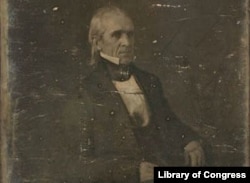

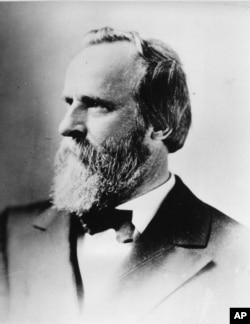

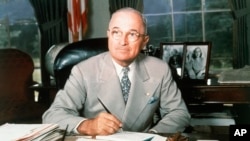
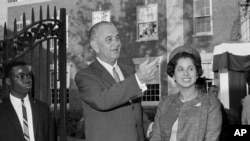

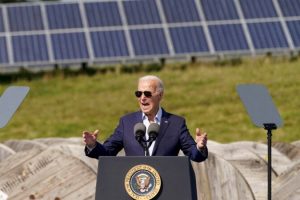


Add Comment